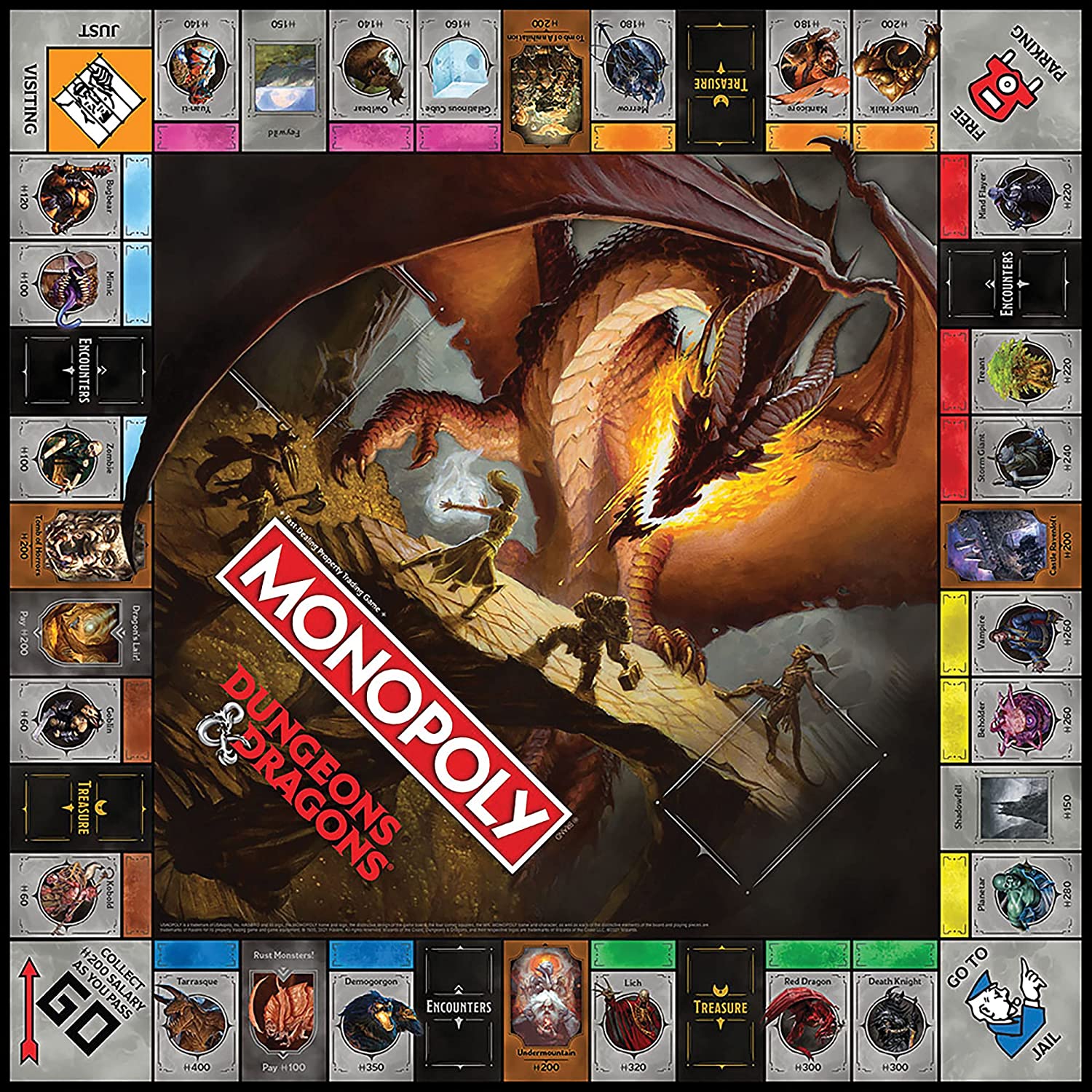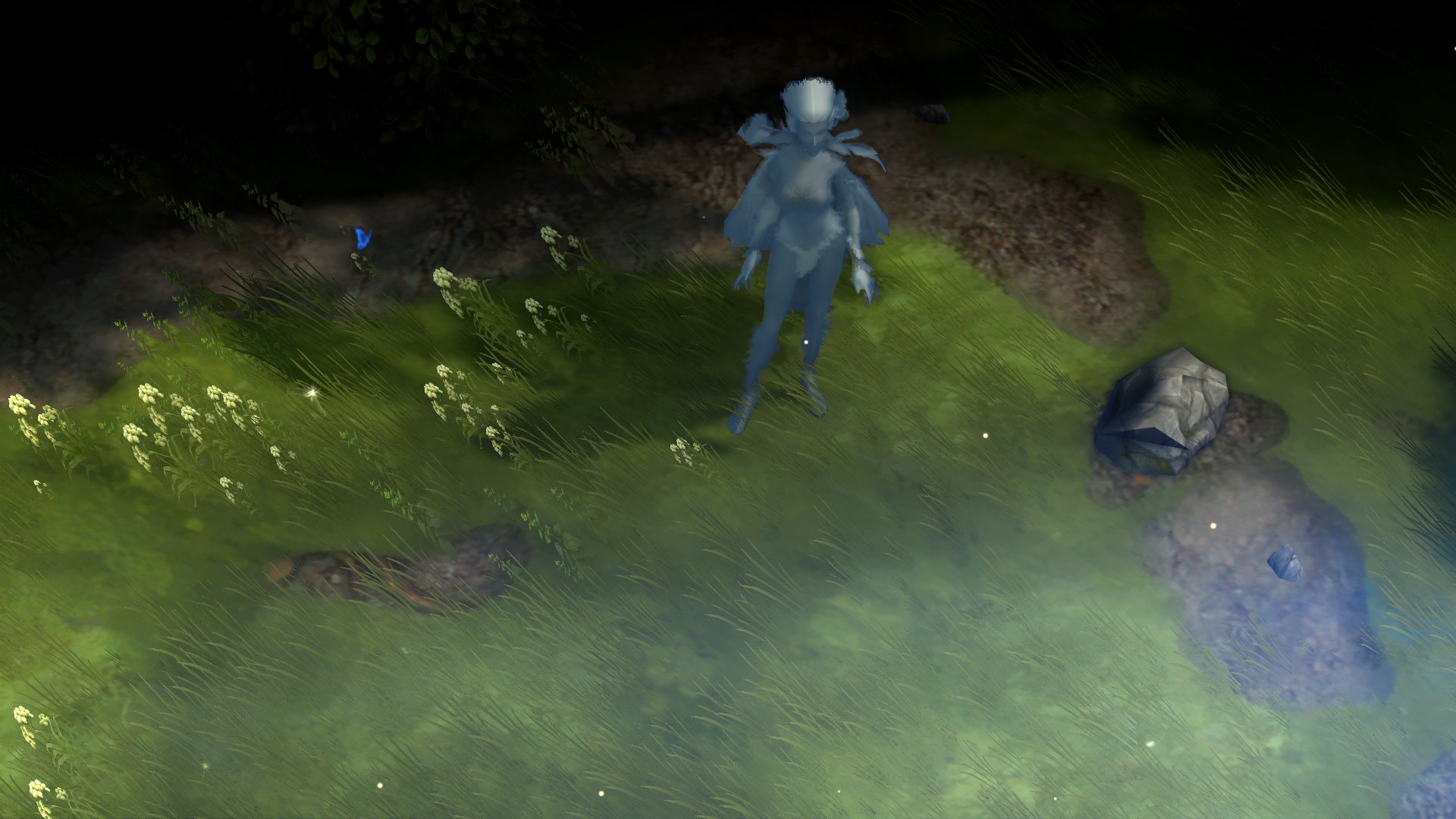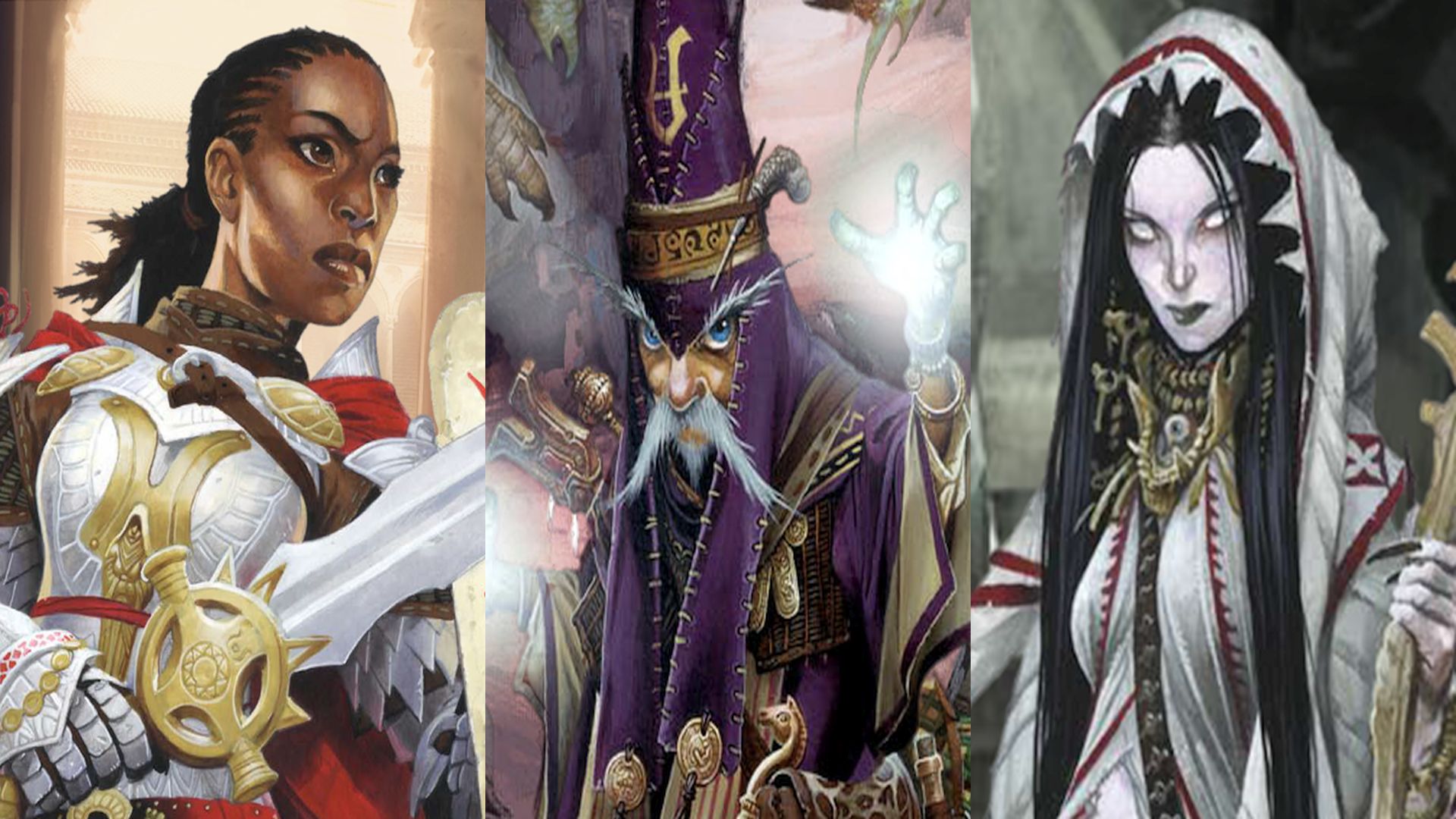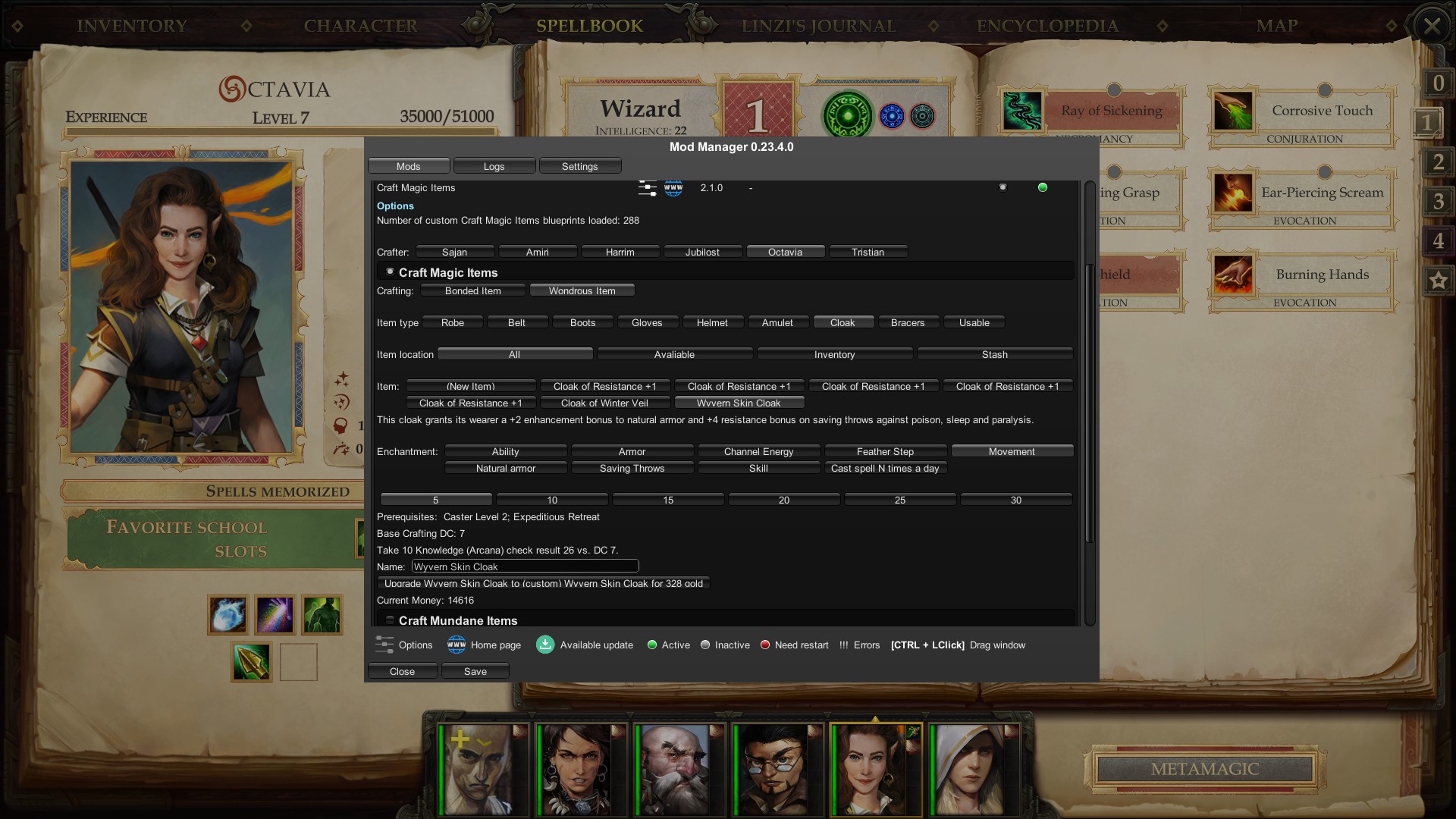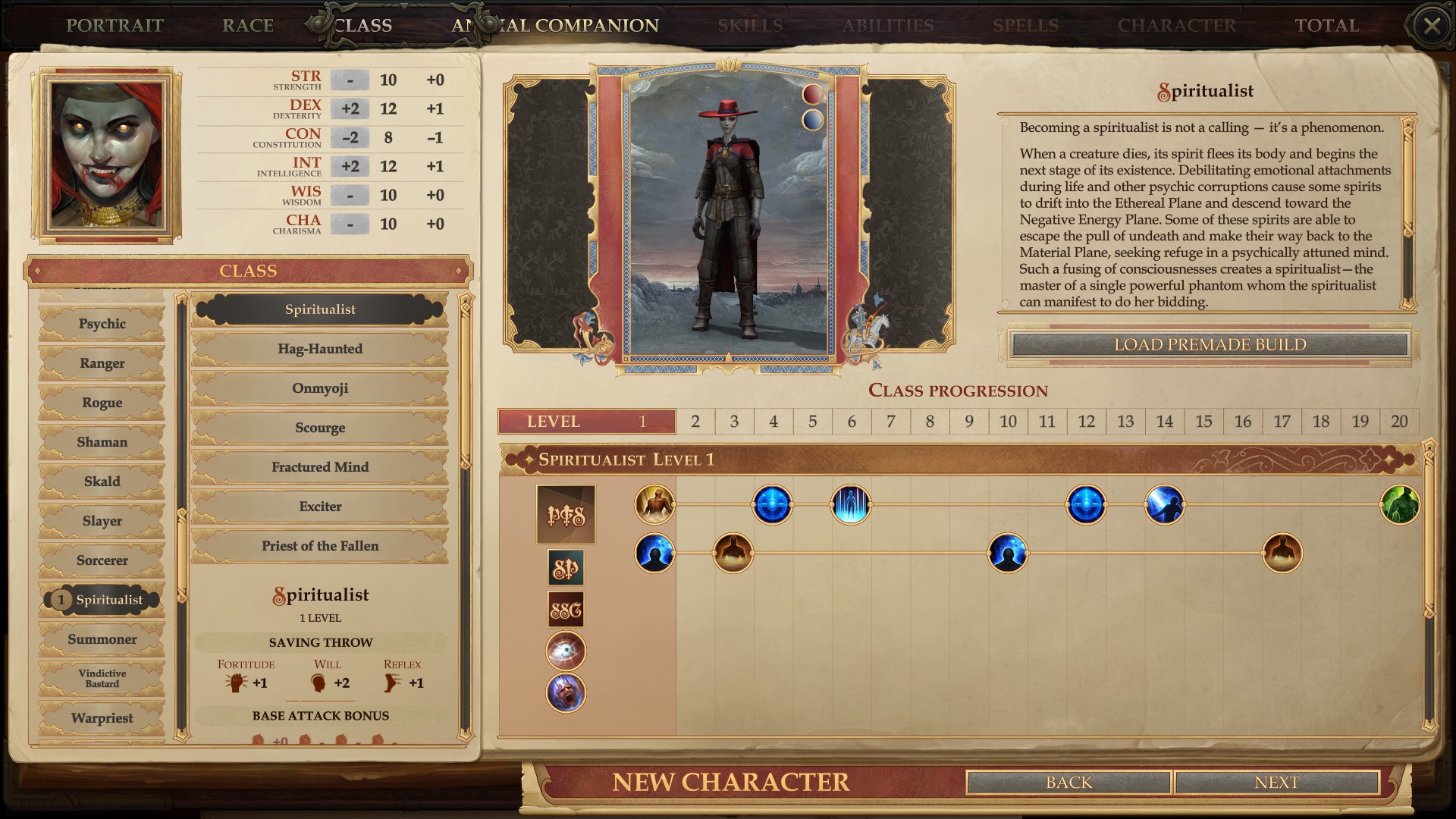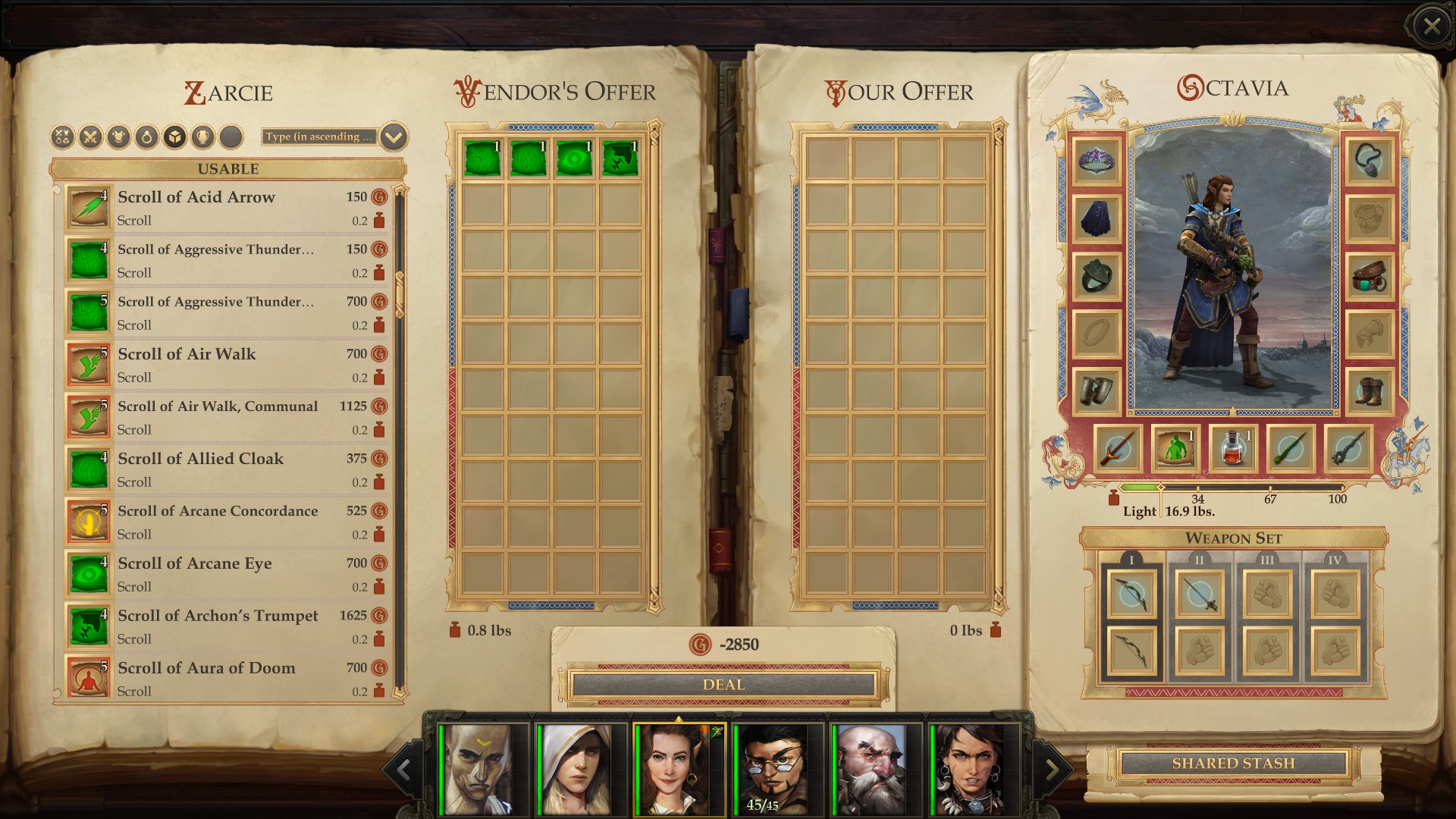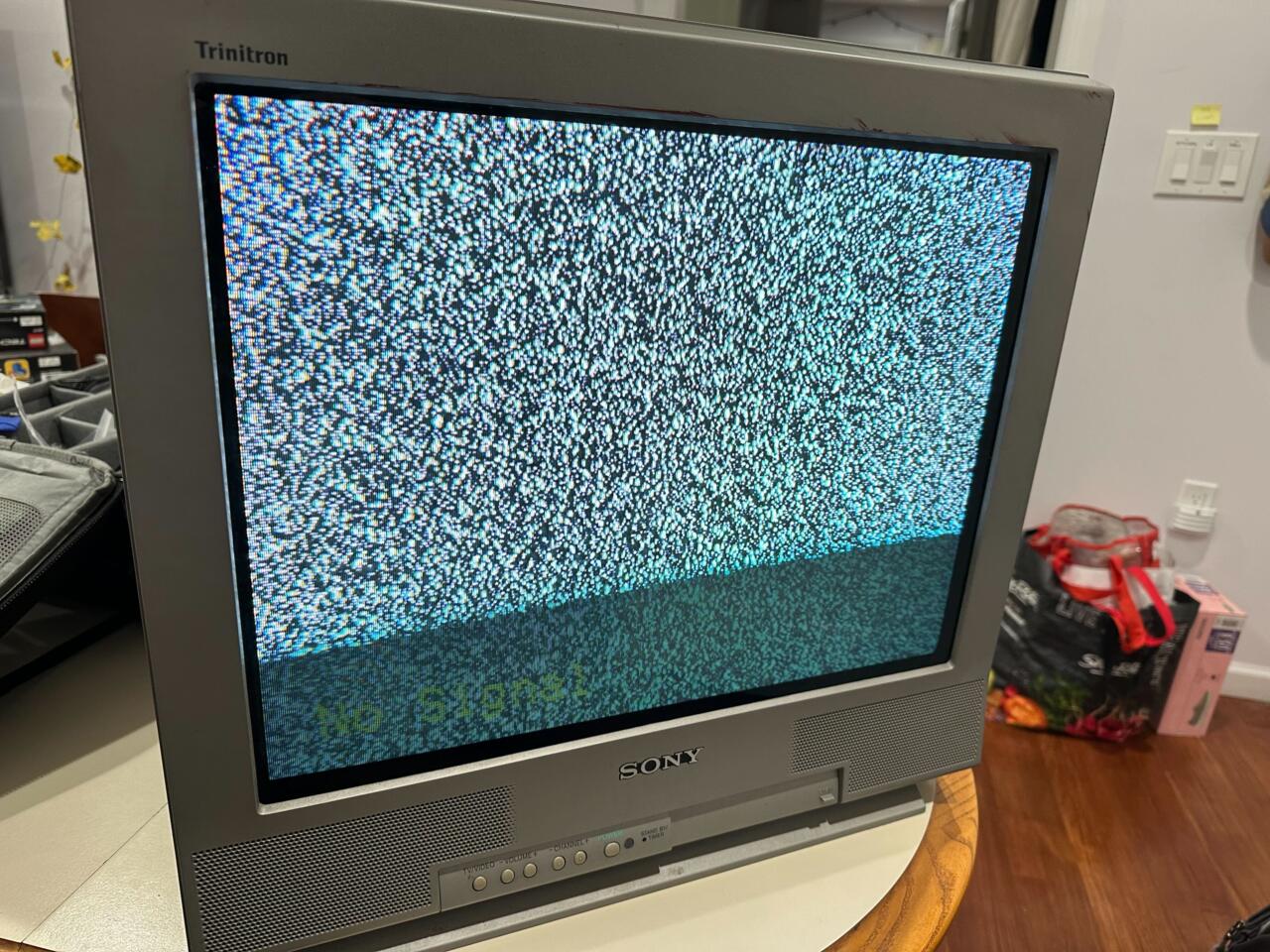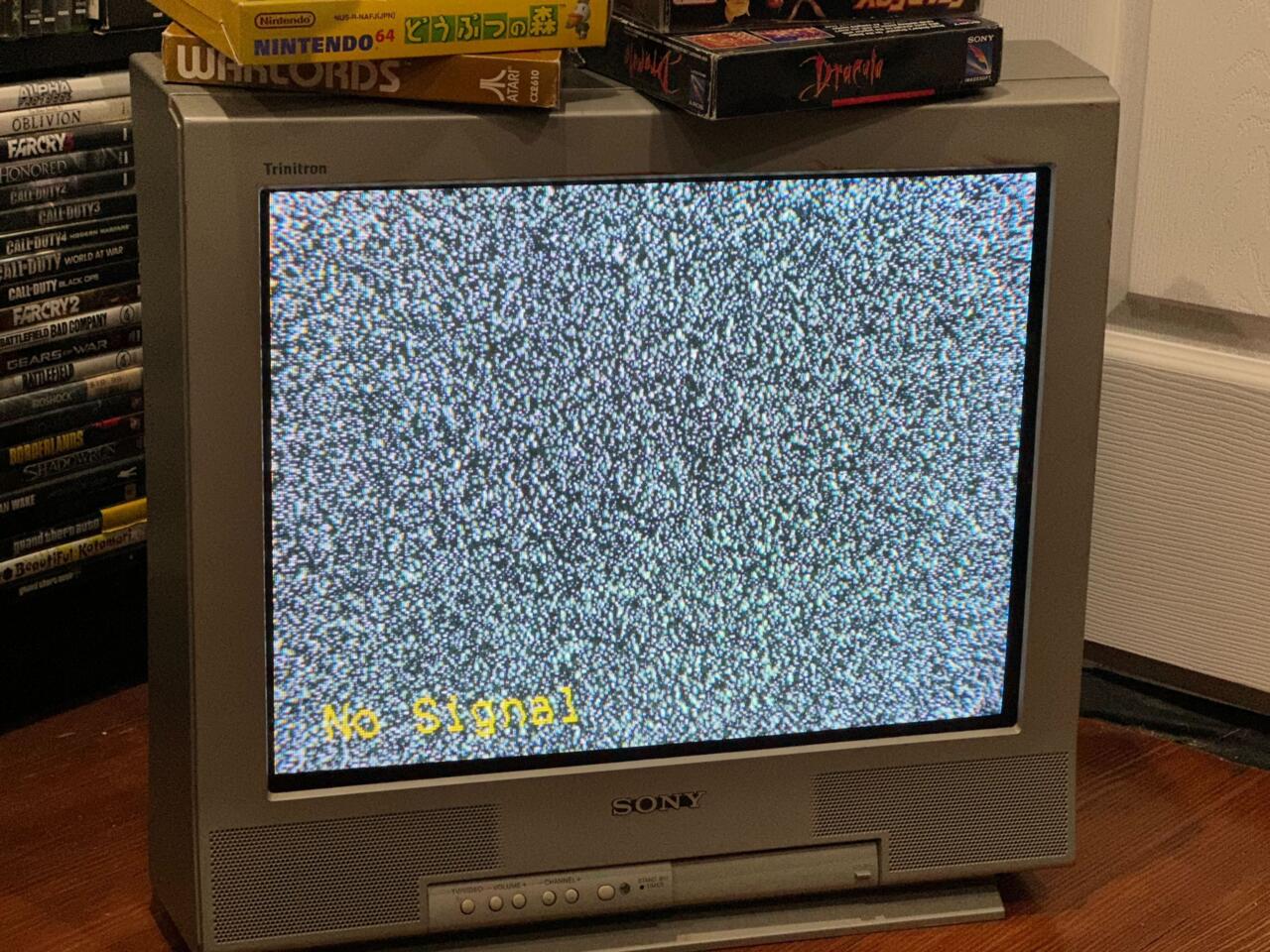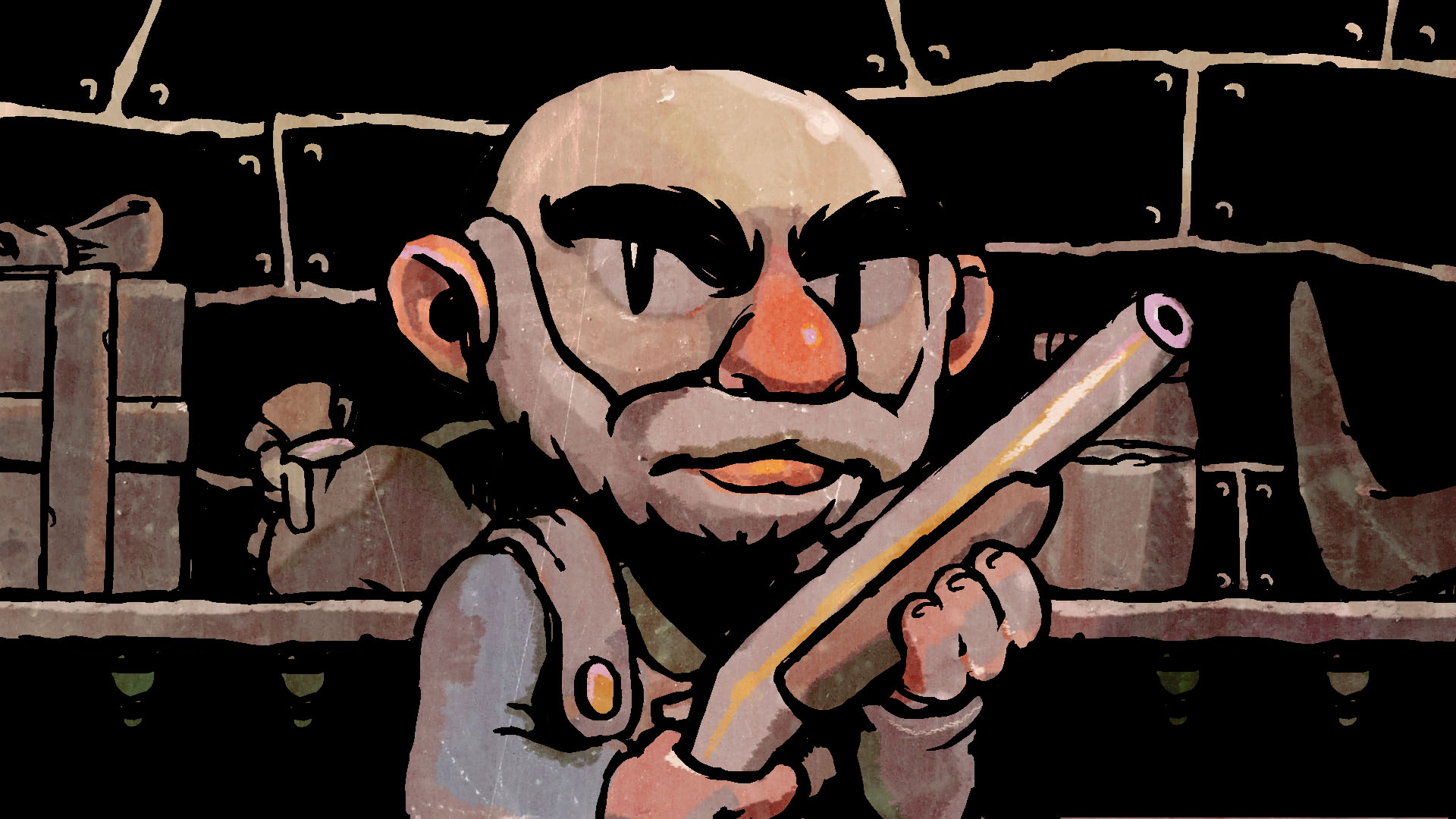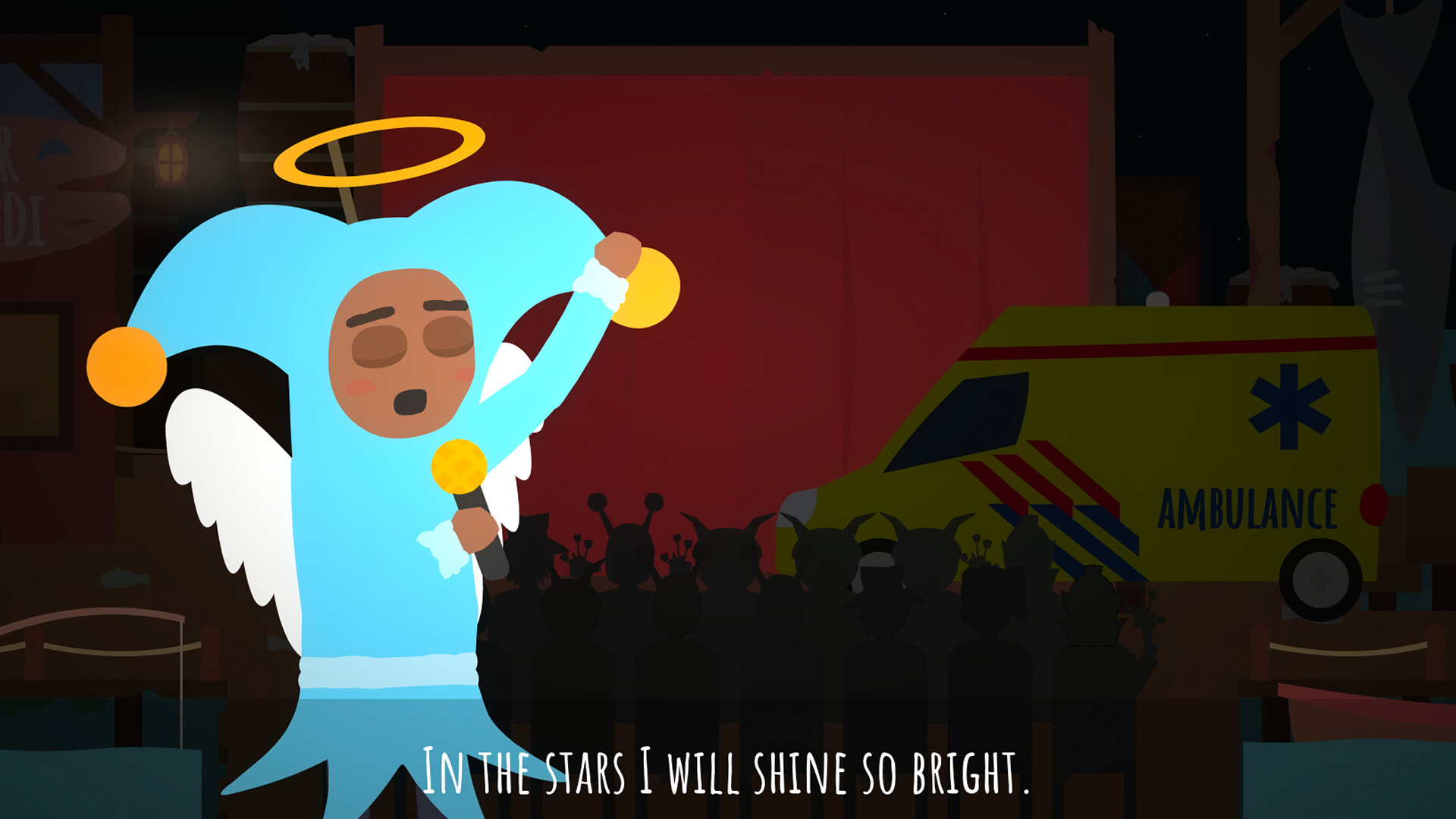
On an average day about a dozen new games are released on Steam. And while we think that’s a good thing, it can be understandably hard to keep up with. Potentially exciting gems are sure to be lost in the deluge of new things to play unless you sort through every single game that is released on Steam. So that’s exactly what we’ve done. If nothing catches your fancy this week, we’ve gathered the best PC games (opens in new tab) you can play right now and a running list of the 2022 games (opens in new tab) that are launching this year.
Once Upon a Jester
Steam page (opens in new tab)
Release: November 10
Developer: Bonte Avond
Launch price: $15 | £13 | AU$20
From the creator of Everybody Wham Wham (opens in new tab) comes a new musical adventure game about a roaming jester and his friend. Once Upon a Jester has a concept reminiscent of Wandersong: Jester and Sok travel the kingdom challenging other performers, and it’s your job, obviously, to help Jester be the best improvisational jester. That means you’ll need to make on-the-fly decisions: should Jester grandly draw his sword, or whip out his flute for a virtuosic solo? Amusingly, Jester and Sok aren’t traveling the kingdom solely to bring joy into the lives of strangers, because they’re also motivated by a ridiculous plan to steal the “Royal Diamond”. This looks really funny, and the art style is instantly appealing.
Astro Colony
Steam page (opens in new tab)
Release: November 8
Developer: Terad Games
Launch price: $18 | £15.07 | AU$26.55
In the vein of Satisfactory and Factorio, Astro Colony is a game about making hectically complex automation systems. Played from a first-person perspective and with two player co-op support, it’s set in an infinite, procedurally generated universe of voxel planets—so perhaps you can add No Man’s Sky to the list of influences. On one or several of these “fully-destructible” planets you’ll be building transport networks for various plundered or manufactured goods, while also making sure your workers are homed and happy. It’s an ambitious affair, hence the Early Access stint: developer Terad Games predicts it’ll be in Early Access for “about a year” while a polish and new features are added, including mod support and dedicated servers.
Anglerfish
Steam page (opens in new tab)
Release: November 11
Developer: Professional Villains
Launch price: $9 | £6.47 | AU$13.05
Anglerfish has a brilliantly bizarre pitch: It’s a horror set in a secluded bar, but the horror is derived less from the presence of baddies and gore, and more from the terror of dating. That’s apparently what you’ll be doing at this carnivalesque bar, and as benign as that activity seems, you should not expect to survive it. Indeed, death is one of the central novelties in Anglerfish, because the game only saves when you die, and depending on where and how you die, your next run will be strongly influenced by that fatal turn of events. That description only seems to scratch the surface of the weird mysteries Anglerfish has to offer, though the Steam page does promise that you can pat a dog in it, and that there’s a shotgun.
Meowjiro
Steam page (opens in new tab)
Release: November 9
Developer: 02GAMES
Launch price: $5 | £4.29 | AU$7.50
Here’s a charming little game about feeding and raising a cat. The kitty may feature in the game’s title, but Meowjiro is more about working in a convenience store, all the better to have the money to raise your furry friend. You’ll serve customers, scoop ice creams, “warm up bentos”, and at the end of the day you’ll get to spend your hard earned wage on your creature, though apparently you can also decorate your home in other, non-cat-relevant ways. With beautiful pixel art and a very stress-free approach to retail work, Meowjiro looks very much like a comfort game. It has a cute cat.
Nadir
Steam page (opens in new tab)
Release: November 9
Developer: Team Nadir, Black Eye Games
Launch price: $18 | £14.85 | AU$26.55
Another roguelike deck-builder! Nadir has an appealingly painterly approach to art inspired by Dante’s Divine Comedy, and a couple of twists of its own. First, each card has two possible functions, denoted by their red and blue varieties, and you’ll need to be super careful about your decision because each of your moves buffs your enemy’s abilities. These cards can be crafted into “unique double cards” too, so there will be a lot to think about as you slowly build your deck. Like many a modern roguelike, Nadir also has permanent progress in the form of your city (it’s called Nadir), which will expand and offer useful tools as you progress through the campaign. Nadir is an Early Access game and will stay there “a couple of months” while studio Team Nadir applies polish and a heap of new content.
Source link

